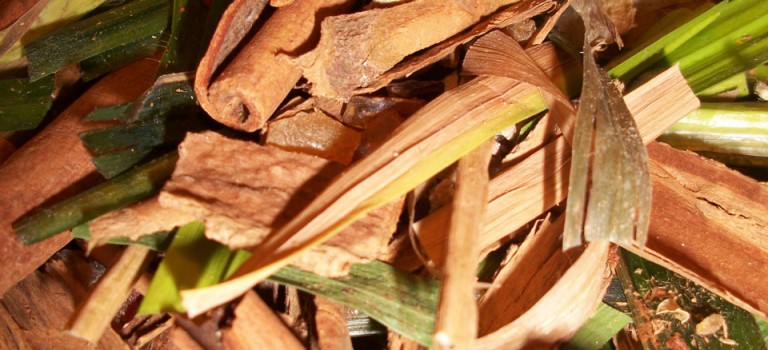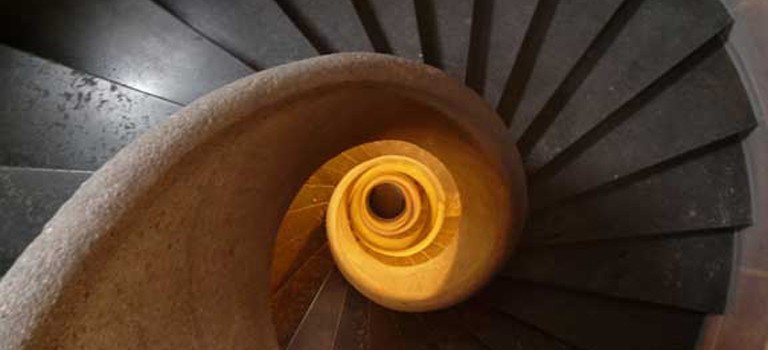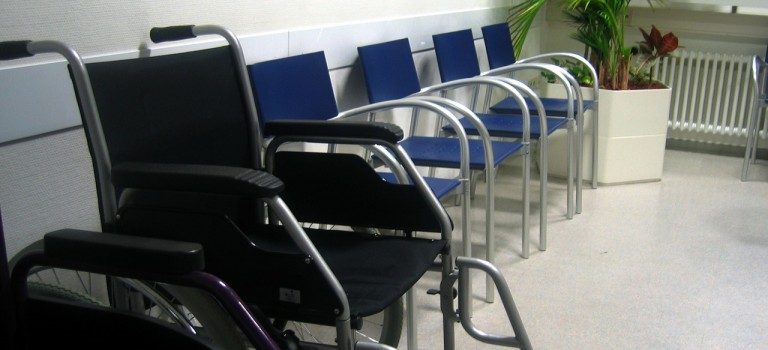Humidity – How To Breathe Easy with Steam!
Whenever you come down with a cold or the flu, your respiratory tract works hard to expel the invading viruses. It turns into an organic “Slip ’n Slide” pathway coated by mucus. Do not try to dry those mucus secretions with an over-the-counter antihistamine. Instead, you can accelerate the healing process by thinning the mucus, thus making it easier to expel. To help keep mucus loose, stay in a moist, warm, well-ventilated environment. To keep the air in your bedroom especially moist, place bowls of water strategically near the air ducts or radiators. Remember too that influenza and cold viruses thrive and transfer more easily in dry environments. Do whatever you can to decrease your risk. Generally try to create more humidity in your home, whether somebody is currently ill or not.
A Steamy Strategy for Relief: Your Bathroom Shower
Breathing moist air can help to ease nasal congestion and sore throat pain. One good strategy when you are fighting a cold or flu is to indulge in a long, steamy shower several times a day. It can help even just to turn on the shower and sit inside your bathroom behind the closed door for a few minutes. Inhale the steam circulating within the room. The steamy shower environment can moisturize your nasal passages and may also help you relax. The high humidity helps keep nasal passages clear and can prevent cold-causing bugs from taking up residence in your nose.
If you are fortunate enough to have access to a steam shower, use it frequently.
— caution —
If you are at all weak or dizzy from the flu, be precautious. Run a steamy shower full force but, instead of stepping inside, sit safely on a chair nearby and take a sponge bath.
— variation: a hot-and-cold shower —
This approach might help even more. “Temperature fluctuations can jump-start your immune system,” says Donielle Wilson, a naturopathic doctor in New York City. She recommends that, at the end of a shower, you should stand for an additional 30 seconds under the hottest stream you can tolerate. Next turn the water temperature to cold for just 10 seconds more. Repeat three times, finishing with cold for maximum benefit.
What About a Warm Bath Instead?
Everybody knows that you can reduce a child’s fever by giving him or her a warm sponge bath. Not surprisingly, warm baths can also reduce cold and flu symptoms in adults. Adding one box of Epsom salt and one box of baking soda to the bathwater may further minimize body aches. Consider, too, adding of a few drops of your favorite essential oil. Recommended oils include tea tree, juniper, rosemary, peppermint, thyme, juniper, orange, lavender, ginger and eucalyptus.
A warm bath can bring comfort by relaxing aching muscles and combating chills. Experts suggest emptying the leftover herbs from your steam inhalation pot directly into bathwater. You can, instead, add five to eight drops of plant essential oils (only three drops for peppermint) to the tub. Best choices to relieve muscle aches: juniper, marjoram and ginger. Before climbing into the tub, disperse the oils well. For children 5 to 12 years old, add only one to two drops of essential oil diluted in vegetable oil.
— caution —
Most experts advise against the use of essential oils for very small children or pregnant women.
Get More Localized Humidity Benefits from a Vaporizer or Humidifier
Using a cool-mist humidifier or a steam vaporizer in the bedroom may make a flu or cold sufferer feel more comfortable. This approach is especially helpful in winter, when dry indoor heat can easily exacerbate symptoms. Increasing humidity near to the sickbed can reduce nasal inflammation and make it easier for the ill person to breathe. Adding a few drops of eucalyptus oil might further stimulate easy breathing. Remember though: the water used in humidifiers/vaporizers needs to be changed daily to avoid contamination by fungi, mildew or molds.
Some research suggests that a general home humidifier may actually help prevent flu from spreading since the virus thrives best in dry conditions. A new CDC study found that raising the indoor relative-humidity level to 43 percent or higher promptly rendered 86 percent of airborne flu virus particles powerless. According to researcher John Noti, Ph.D., the study author: “The theory is if you combine virus droplets with water droplets in the air, they become so heavy that they fall and can’t be inhaled. Set your humidifier between 30 and 40 percent. This setting should provide enough flu-fighting water vapor. It is low enough, though, that it will not spur mold growth and trigger allergies.”
How Can You Set Up a “Humidity Tent” Using Nothing More Than Common Household Supplies?
Need a quick way to open painful, clogged airways? Don’t have any special appliances (e.g., vaporizer or humidifier) on hand? You can DIY using only common household supplies. Bring one quart-size pot of water to a boil. Then relocate it to a safe spot away from the heat source. Move close, sitting or standing in a comfortable, stable position immediately above the pot. Drape a large, clean towel over the top of your head to trap the steam. Close your eyes and lean over the hot water under your “towel-tent.” Breathe deeply for five to ten minutes. Inhale through your nose if you’re stuffy or else through your mouth to relieve chest congestion. Do not lower your face too close to the water. You could accidentally risk scalding your skin or inhaling vapors that are too hot. Repeat this procedure as often as necessary to ease congestion.
You can augment the power of steam by adding a handful of decongesting, antimicrobial herbs to the boiling water. Then cover the pot to allow them to steep for 10 to 15 minutes. Herbalist Mindy Green, co-author of Aromatherapy: A Complete Guide to the Healing Art, recommends using eucalyptus, thyme, rosemary or peppermint leaves.
For extra phlegm-busting power David Kiefer, MD, clinical instructor of family medicine at the University of Washington School of Medicine in Seattle, WA, recommends adding a drop or two of peppermint or eucalyptus essential oil to the pot of hot water. Other healthcare professionals suggest adding as much as three drops of thyme, rosemary or eucalyptus essential oil. They caution, though, to add no more than one or two drops of peppermint oil. Other experts warn against using essential oils of thyme and oregano at all because these two may be too irritating.
— caution —
- keep your eyes closed as you breathe in the steam; both essential oils and steam may irritate the eyes
- aromatic vapors may aggravate pre-existing asthma
- never consume concentrated plant essences by mouth
- always keep essential oil products well out of the reach of children and pets
What Can You Do When You Absolutely Must Be on the Road?
On the go? Can’t stay in bed any longer? For temporary relief: before you leave home, dab a handkerchief or a few tissues with eucalyptus oil. Then hold them under your nose whenever you feel congested. Still, the very best advice is to allow yourself enough time to recover fully before you venture out.











